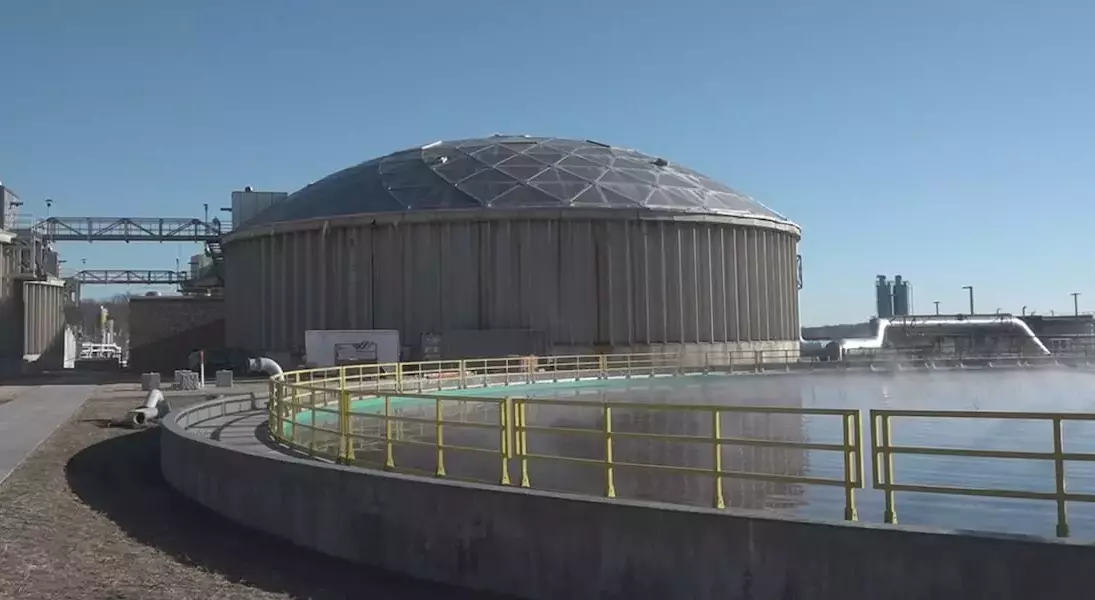
Unveiling the Secrets of Cedar Rapids' Water Treatment
Screening Process: Removing the Big Stuff
When wastewater arrives at the Cedar Rapids Water Pollution Control facility, the first step is a thorough screening process. As described by Cedar Rapids Utilities Director Roy Hesemann, a large screen is employed to extract any larger materials from the wastewater. This initial stage is essential in preventing potential blockages and ensuring the smooth flow of the treatment process. It acts as a sort of gatekeeper, filtering out the visible debris that could otherwise cause problems downstream.Imagine a large mesh screen working tirelessly to catch everything from sticks and leaves to small pieces of plastic. This simple yet effective step sets the tone for the entire treatment journey, laying the foundation for the subsequent processes to follow.
The importance of this screening process cannot be overstated. It not only protects the equipment and infrastructure of the facility but also helps in maintaining the overall quality of the treated water. By removing the larger particles, the facility can focus on more complex treatment stages with greater efficiency.
Sedimentation and Oil/Grease Removal: Separating the Layers
After the screening process, the wastewater enters basins where silts and other materials can be effectively removed. Here, the natural process of sedimentation comes into play. The heavier particles settle at the bottom, while the lighter oils, fats, and greases rise to the surface.Cedar Rapids Utilities Director Roy Hesemann explains that this separation is a crucial step in the treatment process. By pulling off the oils, fats, and greases from the surface, the facility can prevent them from causing harm to the environment and the river. Incinerating this material at 1,500 F further ensures its proper disposal.
The sedimentation basins act as a natural settling tank, allowing the different components of the wastewater to separate based on their density. This not only helps in removing the solid particles but also in reducing the organic load in the wastewater, making it easier to treat in the subsequent stages.
Solid Waste Treatment: Squeezing out the Water
The solid wastewater then undergoes multiple processes where every effort is made to squeeze out as much water as possible. As Hesemann emphasizes, the goal is to separate the solids from the liquids. This separation is crucial as it allows the liquids to be safely discharged into the Cedar River, while the solids can be incinerated or used for land application.The process of squeezing out the water is a complex one that involves various techniques and equipment. By applying pressure and using specialized filters, the facility is able to extract a significant amount of water from the solid waste, reducing its volume and making it easier to handle and dispose of.
Incinerating the solids at 1,500 F not only destroys any harmful pathogens but also reduces the volume of waste that needs to be disposed of. This helps in minimizing the environmental impact and ensuring the sustainable management of solid waste.
Final Cleanup and Discharge: Returning Clean Water to the River
Finally, the cleaned water makes its way into the Cedar River, ready to blend back into the natural ecosystem. The leftover solids are formed into a cake-like material that can be used for land application or incinerated in the high-temperature incinerator.This final stage is a testament to the effectiveness of the Cedar Rapids Water Pollution Control facility. By removing all the impurities and contaminants from the wastewater, the facility is able to return clean water to the river, ensuring the health and well-being of the surrounding environment.
The entire treatment process is a complex and intricate system that requires careful monitoring and management. Cedar Rapids Utilities Director Roy Hesemann and his team have been at the forefront of this effort, ensuring that the facility operates efficiently and effectively.
Copyright 2024 KCRG. All rights reserved.